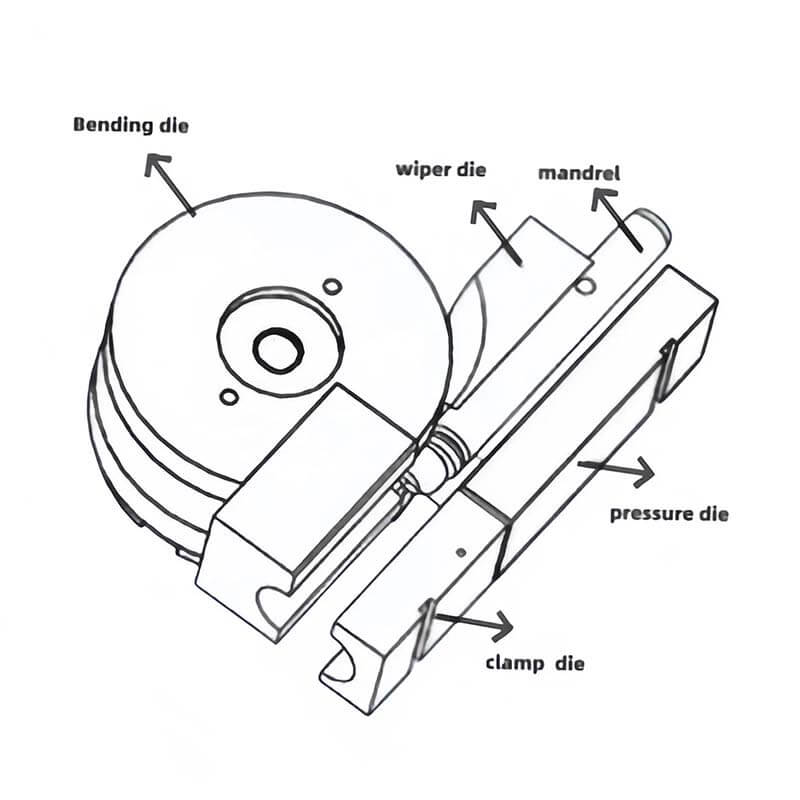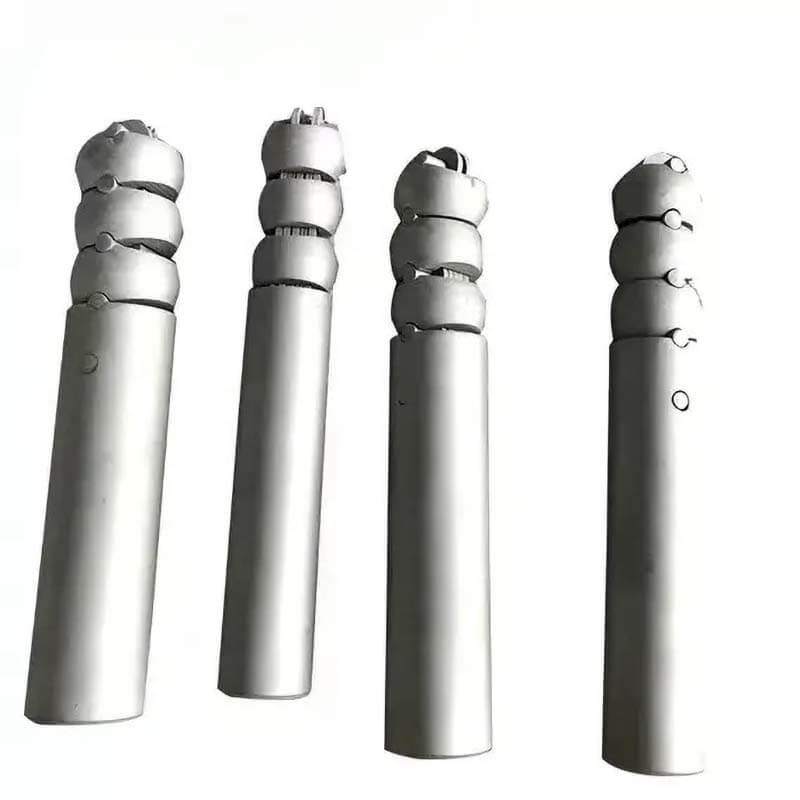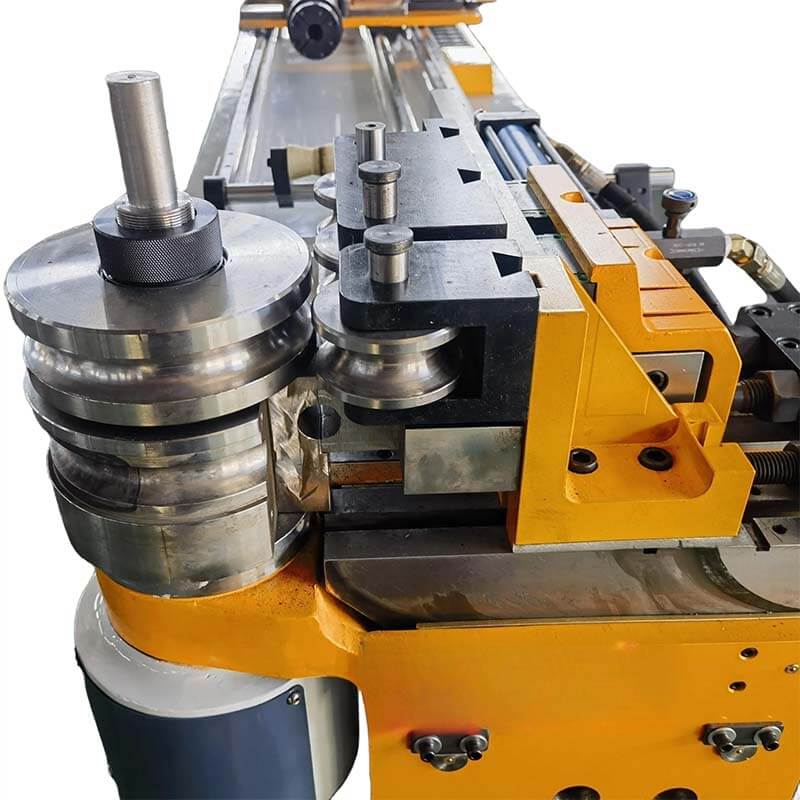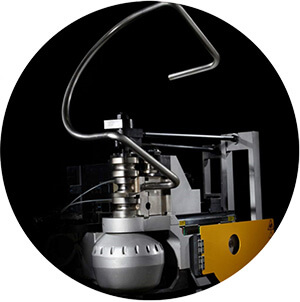Bending Die Basics for Tube Bending

Tube bending is a critical process in many industries, such as automotive, aerospace, construction, furniture, and manufacturing. It is a process that shaping tubes into various angles and curves to meet the specific design and requirements.
To bend the tube accurately and efficiently, the bending die plays an important role in tube bending. These tools can help to ensure the tubes are precisely bent according to their specifications. A proper bend die can prevent a series of problems such as wrinkling, flattening, or cracking of the tube to ensure the maximum effect.
In this blog, we will study the basics of bending dies, hope this will help you in choosing the tube bending machine and tube bending die.
What is Bending Die?
Tube bending die is a specialized tool that is used in the process of tube bending, the main function of tube bender die is to guide and support the tube during bending, and prevent defects such as wrinkling, flattening, or cracking. It is customized according to tube material, tube diameter, and bend radius.
Types of Bending Dies
Bending dies are a set of tools, including bend dies, pressure dies, wiper dies, mandrel dies, and clamp dies.
Bend Die (Form Die)
The bend die, is also known as form die. This is the key component to decide the bend radius and bend shape. The design of the tube bending die has a groove that matches the tube diameter and bend radius to make sure the tube conforms accurately to the desired curve.
Pressure Die
Pressure die is used to maintain the outer surface of the tube, it also has a groove to match the tube diameter. Pressure die can keep the shape and diameter of the tube by applying pressure, which plays an important role in ensuring smooth and consistent bends.
Wiper Die
The wiper die is used to prevent wrinkles on the inside radius of the bend. It is positioned close to the bending point and wipes the tube while bending to maintain the smooth surface and prevent imperfections. The wiper die is very important when you are dealing with thin-walled tubes or tight bend radii.
Mandrel
The mandrel is used to insert into the tube while bending, it provides internal support to the tube. Mandrel die prevents the tube from collapsing or wrinkling by maintaining its shape from the inside, it is very useful when bending the thin-walled tubes with high precision.
Clamp Die
The clamp die is used to firmly hold the tube while bending, it works with other dies to make sure the tubes will not move. The clamp die is essential for maintaining control and accuracy throughout the bending process.

Material used in Tube Bending Dies
Tube bending die can be made from various materials according to the bending material and situation. The chosen for these materials is for their durability, strength, and ability to withstand the stresses of the bending process. The materials include:
Tool Steel
Tool steel is famous for its hardness and resistance to wear, widely used for making tube bending dies. Bender Dies will not lose their precision even after many time repeated use.
Alloy Steel
Alloy steels offer a balance of strength, toughness, and resistance to wear, which is a versatile material and suitable for a wide range of bending applications.
Aluminum
The pipe bending dies made from aluminum are suitable for lightweight and less demanding bending applications.
Bronze
Bronze is famous for its anti-friction properties. When bending the tube, reducing the friction is very important to achieve smooth bends, such as wiper dies.
How to Choose the Right Tube Bender Die?
Choosing the right tube bender die is very important to achieve precise and high-quality bends in tube bending processes. Below are the main factors you need to consider when choosing the bend die:
Tube Material
Different materials have different levels of malleability and tensile strength. For example, the dies used for bending stainless steel tubes must be different from the dies used for bending aluminum tubes.
Tube Diameter and Wall Thickness
- Diameter: The tube bend die must match the tube’s diameter to ensure a snug fit and accurate bend.
- Thickness: Thicker walls need more force to bend, and need to pay attention to prevent wrinkling or collapsing.
Desired Bend Radius
The bend radius must meet the requirement of specific application, especially the tight bends may need special dies to maintain the tube’s shape and integrity.
Production Volume
If you use tube bending dies for industrial mass production, we recommend you use a material like tool steel to ensure production precision. If just for lower production, using the dies made from less expensive materials is enough.

The Maintenance of Tube Bender Die
Also, you need to maintain the tubing bender dies regularly to ensure the best performance.
Cleaning Dies
You should clean the dies after each time use to remove debris, lubricants, and residue that can affect performance. The selection of cleaning agents needs to be compatible with materials to avoid corroding or damaging the die surface. Make sure the die is completely dry before storage.
Storing Dies
Store the dies in a cool and dry place and mark them for easy identification. It is also better to coat a protective coating on the die surface to prevent corrosion and rust.
For anyone who wants to bend the tube, understanding the complexity of bending die is necessary, it plays an important role in ensuring the precision, quality, and efficiency of tube bending result. TubeBenderN is the professional manufacturer of tube bending machines in China, if you are looking for the bend die and related machinery, contact us today to get the best tube bending solutions!
You may also interested in:
All you need to know about mandrel tube bender

Denis Lau
Denis Lau has 20 years of work experience in the metal processing industry. His major in university was mechanical engineering, and after graduation, he started from the bottom of the workshop, gaining extensive hands-on professional experience and the ability to tackle challenges from various industries.


